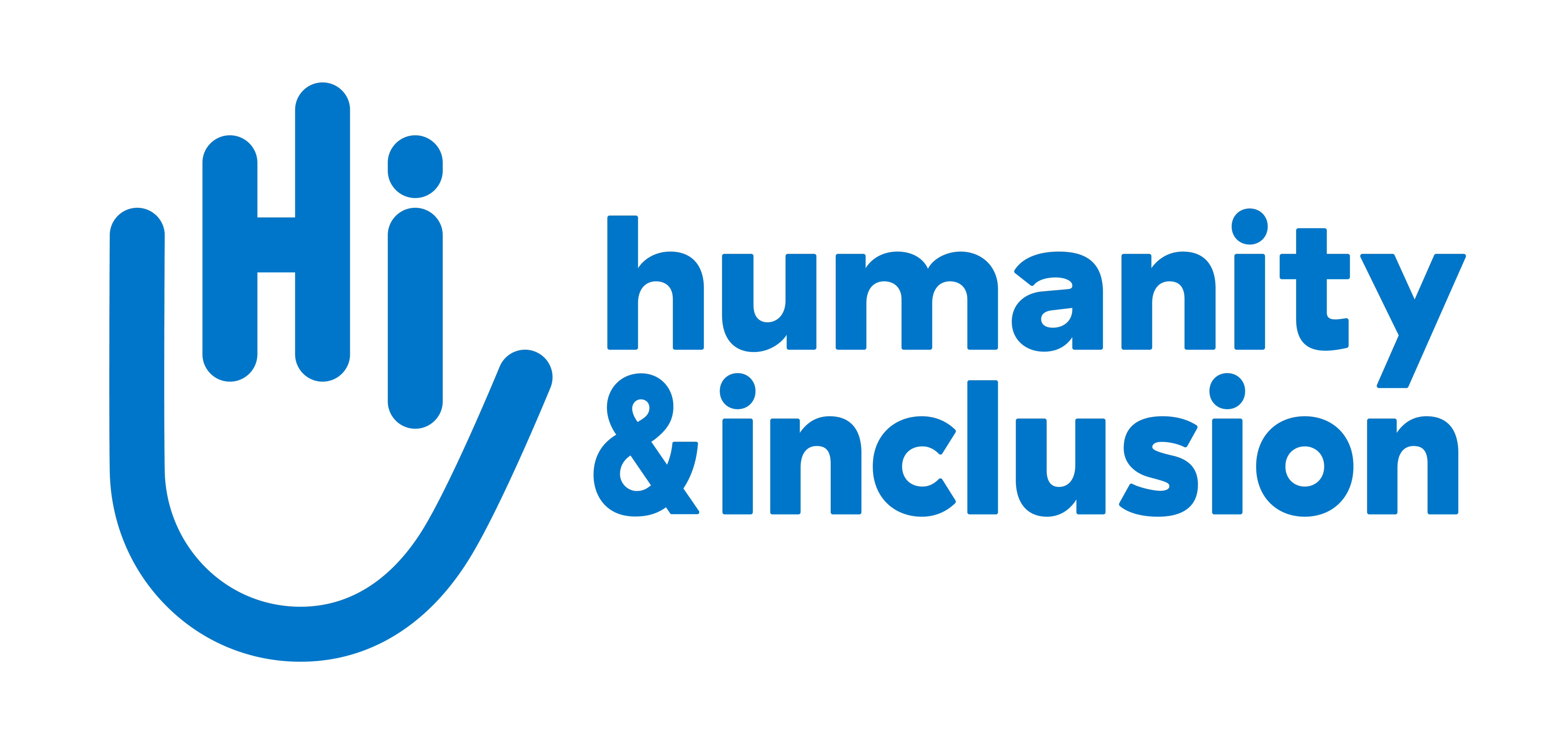Including children with disabilities: Handicap International and UNICEF uniting efforts
In crisis situations, children with disabilities are often excluded from humanitarian assistance. Handicap International (HI) and UNICEF are working together to confront this problem. A toolkit of expert technical guidance has been launched to help all humanitarian actors improve their response.

Zebidah, Handicap International orthopedic technologist and refugee staff Owot adjust Tekejwok special chair. | © P.Meinhardt / Handicap International
New guidelines on including children with disabilities in humanitarian action, published by UNICEF and developed in collaboration with Handicap International, aim to ensure that the needs of all children with disabilities are met even during the most challenging of emergencies.
With 35 years of experience in crisis situations HI has witnessed many children with disabilities face an uphill struggle to gain fair access to essential services such as healthcare and education.
Children like Omat, who has severe cerebral palsy and is currently living in a refugee camp in Kenya having fled conflict in South Sudan. Omat’s mother was unable to move around the camp or to care for her other children until Handicap International provided the family with a wheelchair and improved access to camp facilities - water points, health centres etc.
HI works tirelessly in around 60 countries to find and support people facing similar challenges but, in order to reach every child, change is needed across the entire humanitarian sector. This guidance provides practical tools to help make sure that children and adolescents with disabilities are included in all stages of humanitarian action – from preparing for emergencies to recovering from them.
The guidance also underlines that “while crises put children with disabilities at risk, they can also create opportunities. Damaged buildings and infrastructure can be rebuilt with improved accessibility. Programmes and services set up to help people deal with and recover from the crisis can be designed to include children with disabilities from the outset.”
HI and UNICEF believe that, with a collective commitment, we can turn disaster into opportunity and improve the future for children with disabilities around the world.





